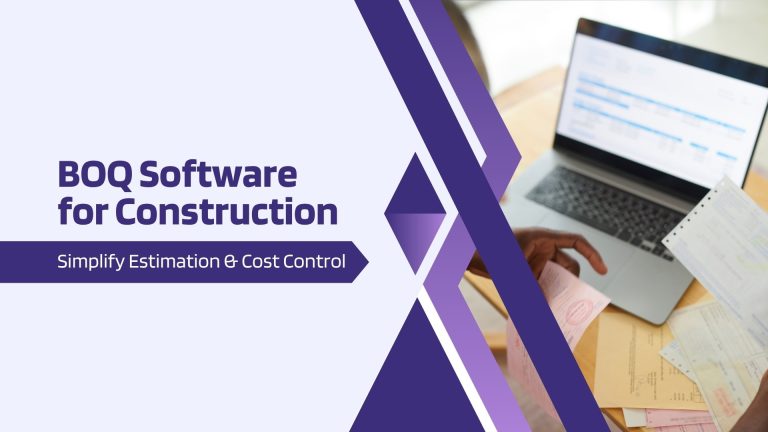Work Hours
Monday to Friday: 7AM - 7PM
Weekend: 10AM - 5PM
Innovative Materials Used in Construction Every Contractor Should Know
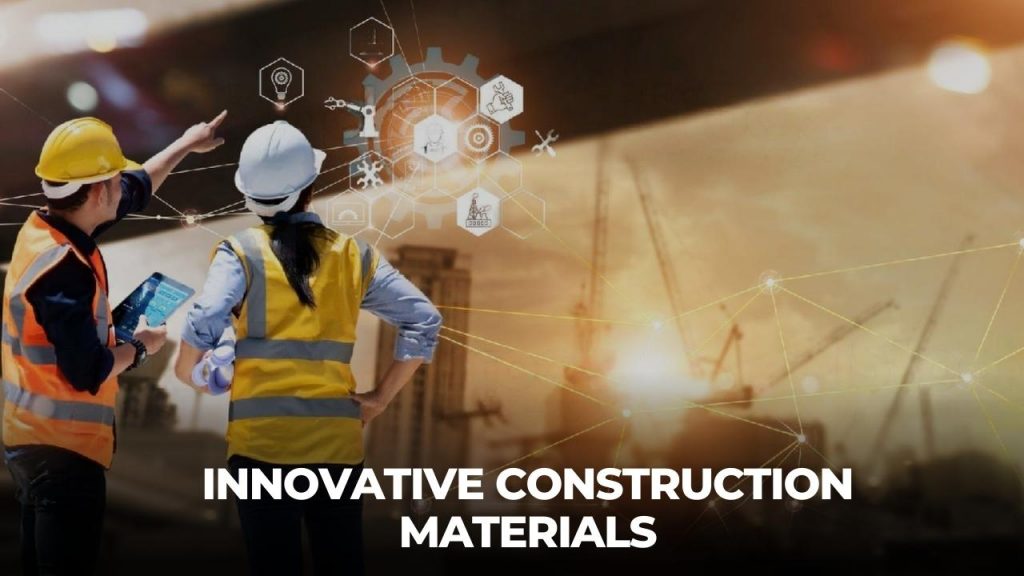
In today’s ever-changing construction landscape, it’s vital for contractors to stay updated with the latest advancements in innovative construction materials. This article explores the top 10 groundbreaking substances that are reshaping the construction industry. From advanced composites to environmentally friendly alternatives, these materials are revolutionizing the way we build.
Why Innovative Construction Materials are Important?
As everything is getting digitized. Innovation in building materials is the future of our construction industry. Innovation is not always about creating new technologies or new construction materials but evolving what we already have, evolving the given, and experimenting to create something more productive with it. Digitization of the construction material is important because of the increasing demand for a sustainable environment and eco-friendly construction is rising.
Top 10 Innovative Construction Materials
1- Translucent Wood
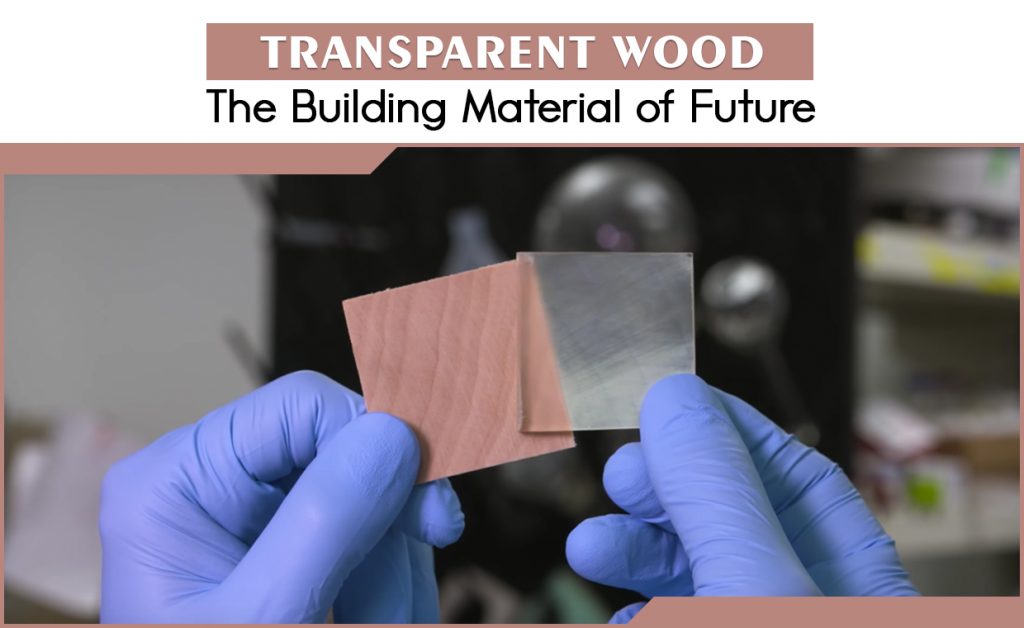
The first material on the list is “Translucent Wood”. Translucent wood can now be used to develop windows and solar panels. The process of making translucent wood includes first, removing the lining in the wood veneer, and then the second and final process is nanoscale tailoring. Translucent wood can be created at a mass scale very easily and it can be used in various types of constructions.
2- Hydro ceramics

Hydro-ceramics is one of the coolest building materials to revolutionize the construction industry. Hydro-ceramics are made by combining clay and hydrogel. Hydro-ceramics have the ability to reduce indoor temperature by up to 6 degrees Celsius. The cooling effect is because of the presence of hydrogel in its structure. Hydrogel absorbs water, up to 500 times its weight. The absorbed water is released to reduce the temperature on hot days.
3- Light Generating Cement
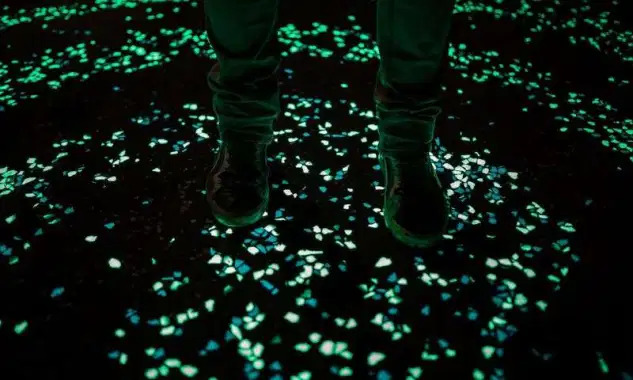
Researchers have created a cement that has the ability to absorb and illuminate light. With the help of this new light-generating cement, its potential uses and applications can be huge in the current construction industry.
The construction industry is evolving at a very high speed and one of the main trends is to move towards a more sustainable and energy-efficient way of creating different construction structures. Therefore, the implications of cement acting as a ‘light bulb’ are very wide. We can use them in swimming pools, parking lots, road safety signs, and in much more different areas.
4- Bioplastic
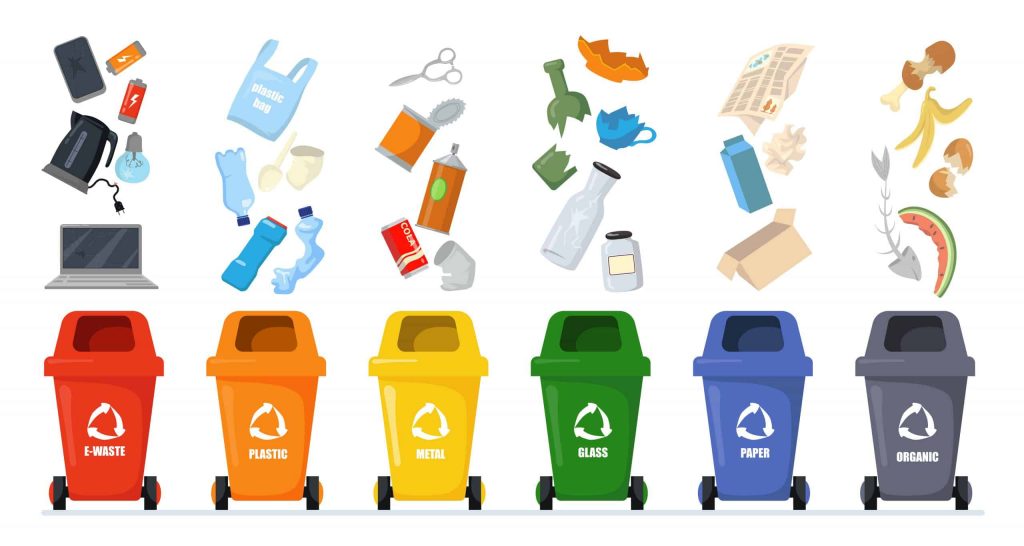
Another very beautiful innovation in the construction material industry is the invention of bioplastic furniture. Bio-Plastic material is based on natural fibers and it is extracted from beet, corn, and sugar cane. The Bio Plastic Furniture can work just like traditional plastic, and the main advantage is that it is 100% biodegradable and recyclable.
5- Electrified Wood
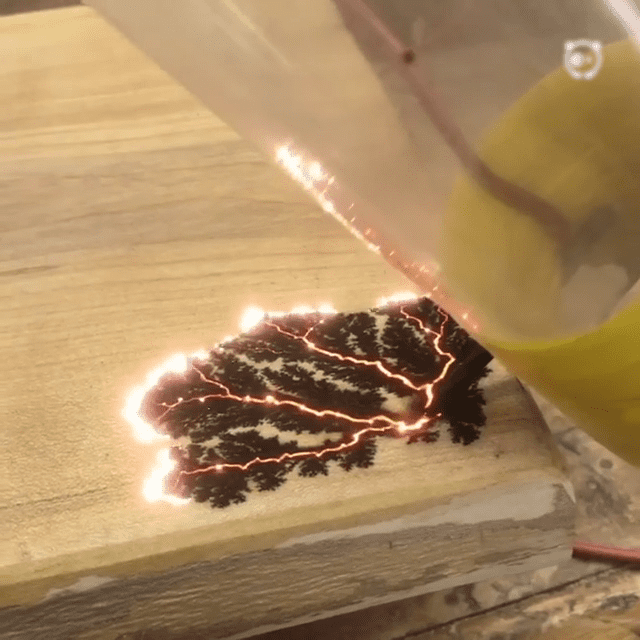
Nobody wants wires hanging here and there in their homes, but wires are an essential part of a building or structure in order to provide electricity for lights and other electrical appliances. But what if I say that small electrical works like home decoration lights etc., can be done without wires? Yes, it is possible with “Electrified Wood.”
Now you may never have to deal with the Bunch of wires that you need to handle while lighting for home decoration purposes. The Wood European manufacturing company has materials that can incorporate a source of electricity directly into tables and chairs.
Electrified wood is made by inserting two metal layers, that are pressed between the wood of the furniture, making it possible to pass an electrical current through the wood which will minimize the use of wires.
6- Carbon Fiber

Carbon fibers are made up of carbon strands that are thinner than human hair. The carbon strands can be woven together, like cloth, and then they can be molded to any shape you might want. The advantage of carbon fiber is that it is extremely strong, and light weighted. The carbon fiber material is 5 times as strong as steel, and two times as stiff, and yet it weighs about two-thirds less than steel.
In addition, carbon fibers are strong as well as flexible, so it’s the perfect material for various construction projects, especially for those areas that are exposed to hurricanes and tornados.
7- Self-Healing Cement
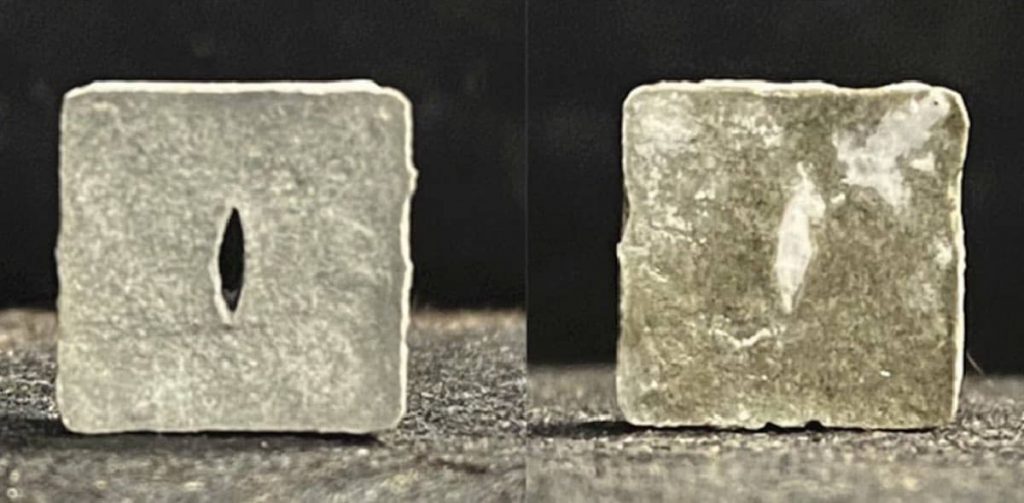
Self-healing cement is one of the most important innovative construction materials. Self-healing cement is currently being developed which has the ability to repair its cracks. This cement is manufactured by mixing the normal cement with microcapsules that release a glue-like epoxy resin that will automatically repair any cracks that are formed in its structure.
Self-Healing cement can absorb and release large amounts of heat This material can save energy by developing buildings that can control their temperature and save money on repair works.
8- Pollution-Absorbing Bricks
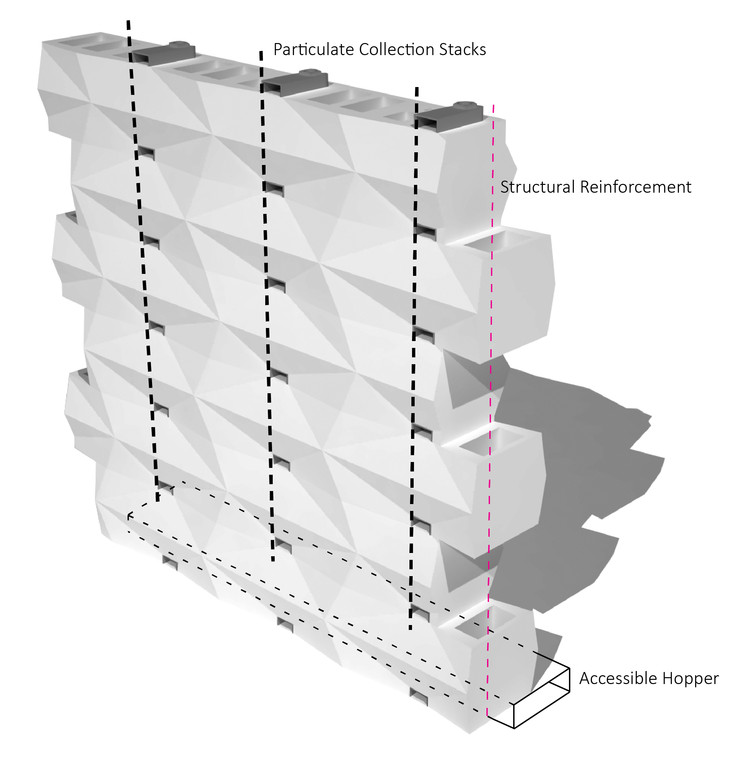
Increasing population density and pollution bring critical challenges that push the industry to develop sustainable solutions. Pollution absorbing bricks filter the air from outside and provide it to structures’ interior. These bricks are porous concrete blocks designed to direct airflow to a system. These bricks are cheap compared to other mechanical pollution filtration technologies.
The main advantage is that these bricks use lesser manpower and require no skilled labor to construct the system.
9- 3D- Graphene

For a long time, normal graphene is a unique nanomaterial with distinct thermal, electrical, and optical properties. Graphene had for long interested scientists, but their standard 2D form bore little fruit in construction. But now in this era of innovation 3D graphene has been evolving as a substitute for normal graphene. 3D printing compressed small flakes of graphene under high pressure and heat and created structures like cylinders that could withhold substantial loads.
10- Power-Generating Glass
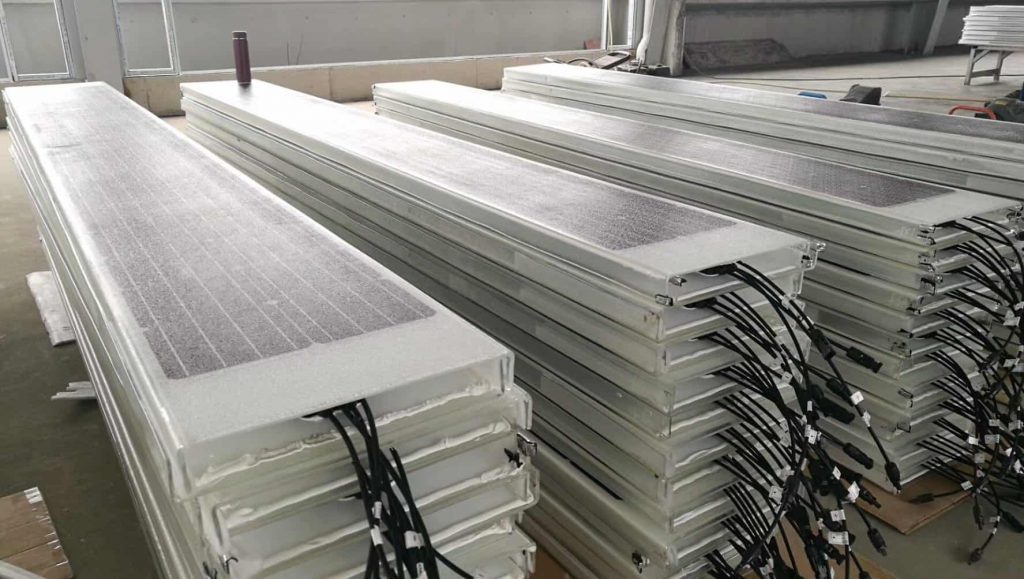
Energy use in different built spaces such as offices, residential buildings, malls, etc is a big concern considering that these spaces contribute to 40% of global carbon emissions. This led to the idea of power-generating glass.
Solar and wind systems have been in use for a long but now, turning windows into solar panels is the real future. Power generating glass resembles regular glass, but it can deflect invisible light wavelengths and convert them to energy. This glass reduces electricity costs and minimizes pollution caused due to carbon emissions.
Also Read: Latest Detailed Price list for Building Materials
Conclusion
It becomes very clear that many things are already changing in the sector with regard to the materials used in construction. The potential is enormous and as long as we are able to combine the traditional building materials with a modern and sustainable approach then more cost and energy-efficient building materials will emerge soon.
Popular FAQs
Q1: Why are innovative construction materials important for builders?
Answer: Innovative construction materials matter because they help create stronger, eco-friendly, and efficient buildings.
Q2: How is translucent wood used in construction, and where can it be applied?
Answer: Translucent wood, useful in windows and solar panels, can be used in various construction projects for added elegance and light diffusion.
Q3: What are hydro-ceramics, and how do they cool buildings?
Answer: Hydro-ceramics, made from clay and hydrogel, cool structures by absorbing and releasing water, reducing indoor temperatures.
Q4: What is unique about light-generating cement, and where can it be used?
Answer: Light-generating cement absorbs and emits light, finding applications in areas like swimming pools, parking lots, and road safety signs.
Q5: What sets bioplastic furniture apart in construction, and how is it made?
Answer: Bioplastic furniture, crafted from natural fibers like beet, corn, and sugar cane, stands out as a sustainable, 100% biodegradable, and recyclable alternative to traditional plastic.
Q6: How does electrified wood function, and where is it beneficial?
Answer: Electrified wood discreetly incorporates electricity into furniture, reducing the need for visible wires in home decorations, offering a cleaner and more elegant look.
Q7: What are the advantages of using carbon fiber in construction projects?
Answer: Carbon fiber, incredibly strong, lightweight, and flexible, proves ideal for construction projects, especially in areas prone to extreme weather conditions.
Q8: How does self-healing cement work, and what are its benefits for construction?
Answer: Self-healing cement, infused with microcapsules, repairs cracks automatically by releasing epoxy resin, conserving energy and reducing repair costs.
Q9: What are pollution-absorbing bricks, and how do they contribute to construction? Answer: Pollution-absorbing bricks filter outdoor air and supply cleaner air indoors, offering a cost-effective solution that demands minimal skilled labor.
Q10: What is the working principle of power-generating glass, and how can it benefit buildings?
Answer: Power-generating glass converts invisible light into energy, lowering electricity expenses and decreasing carbon emissions, making it a promising addition for energy-efficient buildings.

People also search for: innovative building materials, innovative construction materials, hydroceramics in construction, new construction materials, innovative new construction materials, new innovative materials for construction, innovation in construction materials and technology, construction building materials list, list of materials used in building construction



